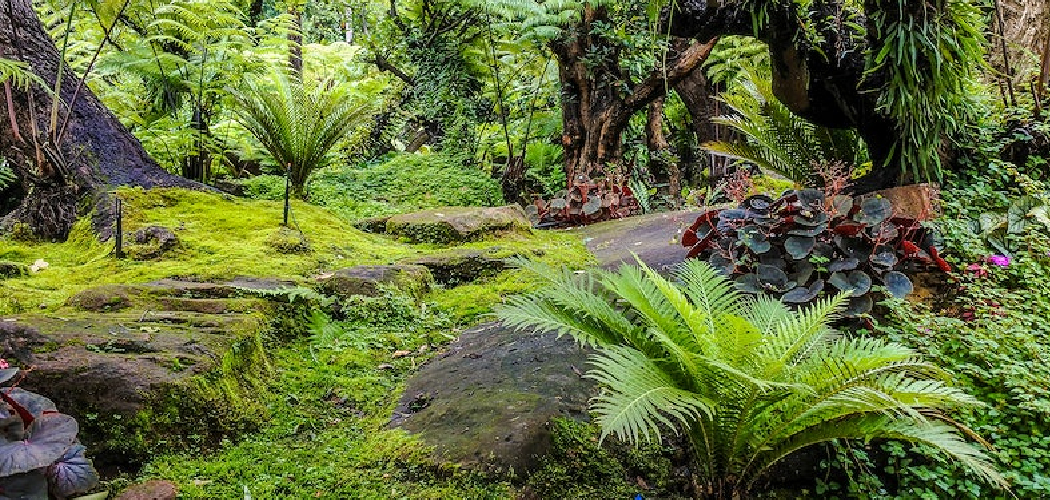Are you looking for a fun and exciting activity that requires minimal effort and cost? If so, then rock hunting in your very own backyard could be a perfect choice! From igneous rocks to sedimentary rocks to metamorphic rocks, there is an entire world of stones, minerals, and gems just waiting to be uncovered.
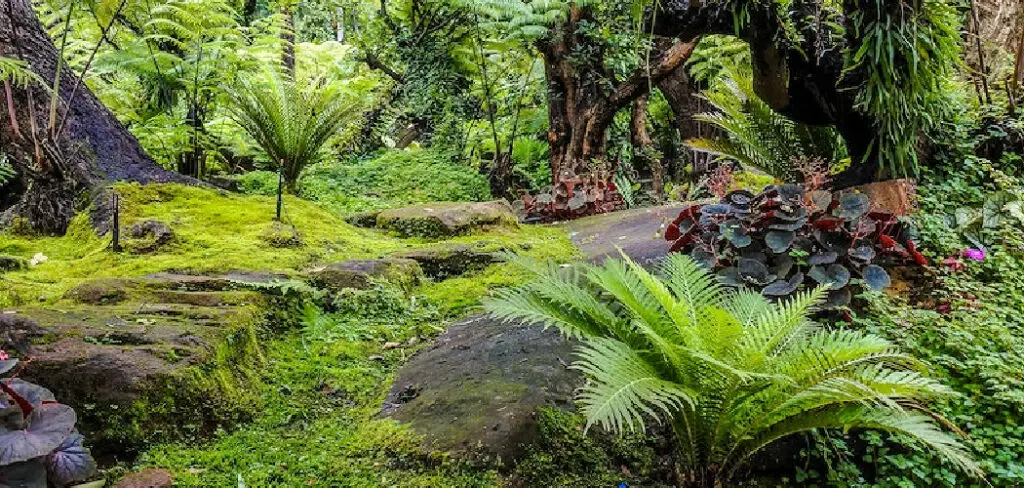
Whether it’s igniting a passion for geology or simply wishing to add some unique décor pieces around the home, discovering cool rocks in the comfort of your garden can provide hours of enjoyment. Read on for all our top tips on how to find cool rocks in your backyard for uncovering beautiful stones right at your fingertips!
Can You Find a Rock in Your Backyard?
The answer is yes! Every backyard contains rocks of some sort, ranging from small pebbles to large boulders. Depending on where you live and the type of soil in your garden, you may find a variety of different types of rocks.
For example, sedimentary rocks are often found in areas with clay-like soils because they are formed by layers of sediment that accumulate over time. On the other hand, if you live in a mountainous area, then chances are you may find igneous rocks which have been formed due to volcanic activity.
Types of Rocks You Can Search for in Your Backyard
There are numerous types of rocks that can be found in your backyard, ranging from common stones such as quartz and granite to more exotic gems like sapphires and rubies. Here is a list of the most common types of rocks you can search for in your garden:
- Igneous Rocks: These are the most common type of rocks and are formed by the cooling and solidification of molten rock.
- Sedimentary Rocks: These rocks are formed by the process of sedimentation or crystallization, usually under water.
- Metamorphic Rocks: These rocks have been altered by intense heat and pressure, resulting in some distinct features like layers or mineral deposits.
- Gemstones: These are considered to be rare and valuable stones, usually found in igneous or metamorphic rocks.
Needed Tools and Materials
Aside from a keen eye, there are some basic tools you will need for rock hunting in your backyard. To make the process more efficient and enjoyable, it’s best to have a few materials on hand:
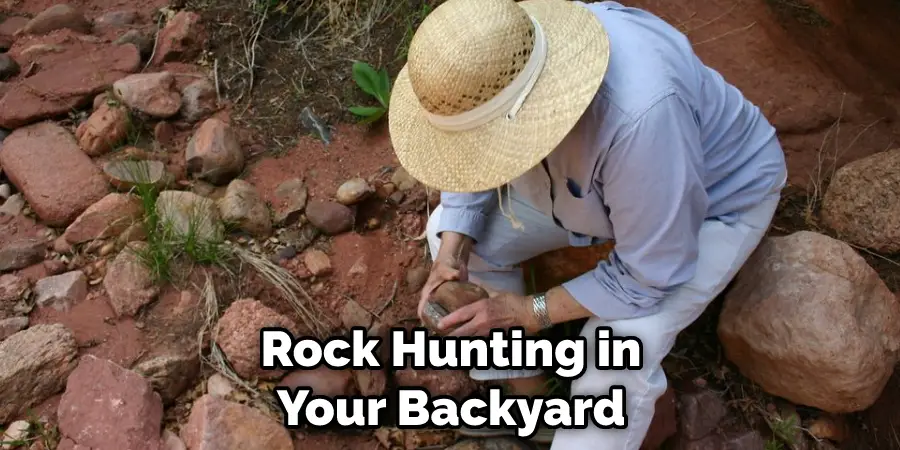
- Hand Pick or Shovel: These tools allow you to loosen soil and dig deeper into the ground.
- Rocks Hammer: This is ideal for breaking up large rocks and boulders in order to inspect them more closely.
- Magnifying Glass: A magnifying glass can come in handy when examining small specimens.
- Soap and Water: For cleaning off dirt and debris to get a better look at the stones.
When searching for cool rocks in your backyard, remember one important thing. Always be aware of what kind of soil you are digging in, as this can affect the types of rocks you find. With a few steps, you will be able to do it with ease.
10 Steps on How to Find Cool Rocks in Your Backyard
Step 1: Take a Look
Take a look around your garden and note any areas that may contain rocks or stones. Looking around at the different types of soil and structures can give you an indication as to what type of rocks you may find. That’s why it’s important to start by taking a look first.
Step 2: Get Your Tools Ready
Having the right tools for rock hunting is essential in order to make sure you don’t miss out on any hidden gems! Make sure you have a good pair of sturdy gloves, a trowel, and a small shovel so that you can dig around and uncover any stones that may be hidden in the soil.
Step 3: Look for Any Signs of Rocks
Once you have all your tools ready, it’s time to start looking for signs of rocks. These can include small pebbles and stones on the surface of the ground as well as larger boulders or outcrops of rocks.
Step 4: Start Digging
If you can’t find any signs of rocks on the surface, then it’s time to start digging. Use your trowel and shovel to carefully dig around the soil until you spot a rock. Make sure to be gentle when handling any unearthed stones, as they are often fragile due to age or weathering.
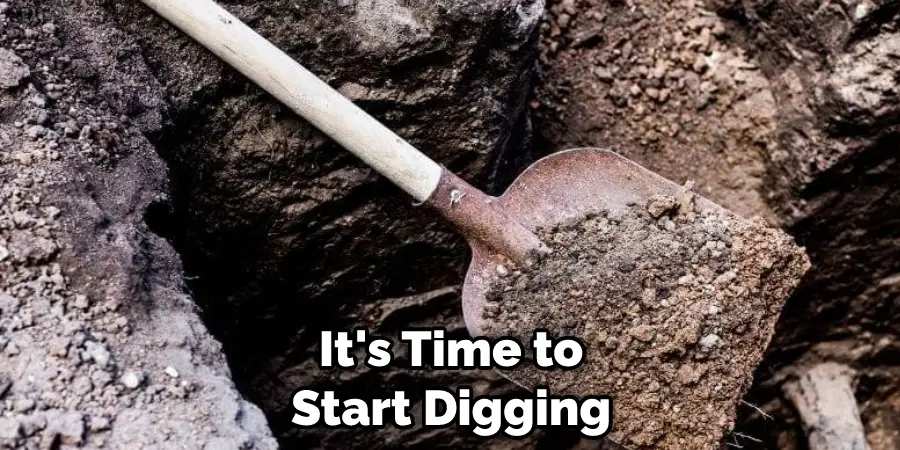
Step 5: Clean Your Rocks
Once you have unearthed your rocks, it’s important to clean them off before handling them. Use a soft-bristled brush and water to remove any dirt or debris that may be stuck to the surface of the stone. Cleaning your rocks will also help to identify any rare or unusual features they may have.
Step 6: Sort Through Your Finds
Now that you’ve cleaned your rocks, it’s time to sort through them and start identifying them. If you’re not sure what type of rock you’ve found, then try looking up pictures online or consulting a rock guidebook. This will help you identify and categorize your findings.
Step 7: Learn How to Test for Quality
Once you’ve identified the type of rock, it’s important to test for quality. Quality can be determined by looking at factors such as color, clarity, and luster. You may also want to consult a professional gemologist to help you determine the value of your rocks.
Step 8: Learn How to Cut and Polish Your Stones
If your rocks have any unusual or valuable features, then you may want to learn how to cut and polish them so that they can be used in jewelry or displayed as decoration pieces. Cutting and polishing stones is a skilled art, and it’s important to be careful when doing so.
Step 9: Store Your Rocks Safely
Once you have finished cutting and polishing your stones, it’s important to store them in a safe place. Consider investing in some specialized storage containers that will protect your rocks from getting scratched or damaged.
Step 10: Enjoy!
Finally, it’s time to sit back and enjoy your rocks! Spend time admiring their beauty or show them off to friends and family. Remember that rock collecting is a great hobby for all ages, so don’t forget to have fun with it!

8 Safety Precautions to Take
1. Wear Appropriate Clothing and Footwear
When rock hunting, it’s important to wear sturdy shoes or boots as well as clothes that can get dirty. The shoes will provide you with some protection if you come across sharp rocks or stones.
2. Wear Protective Gloves
When handling any rocks, it’s important to wear a pair of protective gloves. Not only will this help to protect your hands from getting scratched, but it will also keep the dirt and germs off your skin.
3. Carry a First Aid Kit
In case of any accidents or injuries, always carry a small first aid kit with you so that you can treat small cuts and scratches quickly. A first aid kit is also useful if you come across any other wildlife while on your hunt.
4. Stay Away From Moving Water
It’s important to stay away from any moving water when rock hunting as it can be dangerous due to strong currents or debris.
5. Do Not Trespass on Private Property
When searching for rocks, always make sure that you are only going to areas where it is allowed. Do not trespass on any private property, as this can lead to a penalty or even legal action being taken against you.
6. Use Tools Carefully and Responsibly
When using tools such as shovels, trowels, or rock hammers, always make sure that you are using them safely and responsibly. Take care not to injure yourself or damage the environment around you.
7. Do Not Try to Lift Large Rocks
If you come across any large rocks, do not try to lift them on your own, as they can be very heavy. Ask someone else to help you, or use a trowel to move them into place.
8. Be Aware of Weather Conditions
Always keep an eye on the weather and make sure that it is suitable for rock hunting before setting out. If there’s any chance of storms, strong winds, or heavy rain, then it’s best to stay indoors.
By following these safety precautions, you can make sure that your rock hunting experience is a safe and enjoyable one.
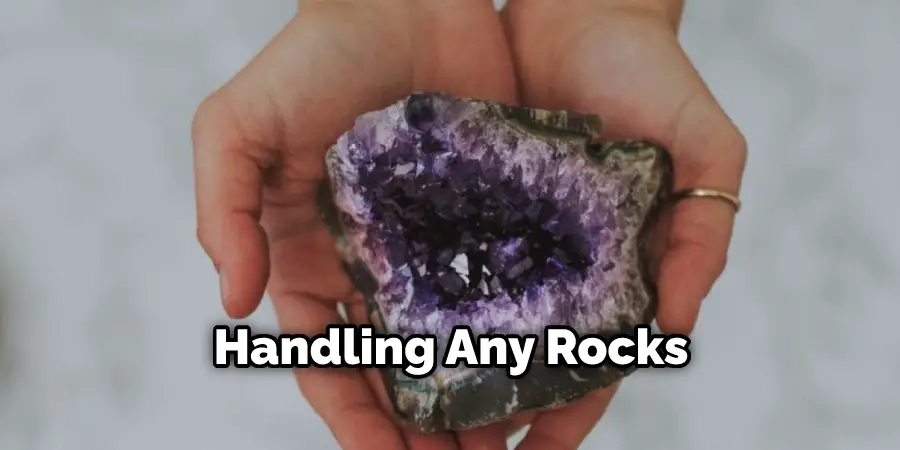
Conclusion
It is important to keep safety in mind when looking for rocks. Wear a hat, sunscreen, and comfortable shoes. Make sure the terrain you are traversing is stable and does not have any obstacles that could trip you. It is also helpful to bring someone along with you on your rock hunt so that there are eyes and ears nearby to help should anything go wrong.
Additionally, use caution when hammering or breaking up large stones, and make sure to wear protective eyewear. Have fun and enjoy the journey! With these tips, you’ll have no problem discovering beautiful and unique rocks right in your own backyard.
Keep in mind the guideline on how to find cool rocks in your backyard, so it becomes easier for you. After your collection is complete, remember that just as it took time for these cool rocks to form, it will take them some time to adjust from their rocky home to yours. Congratulations – you are now well on your way to becoming an experienced rock hound!
You Can Check It Out to Hook Up Propane Tank to Fire Pit

